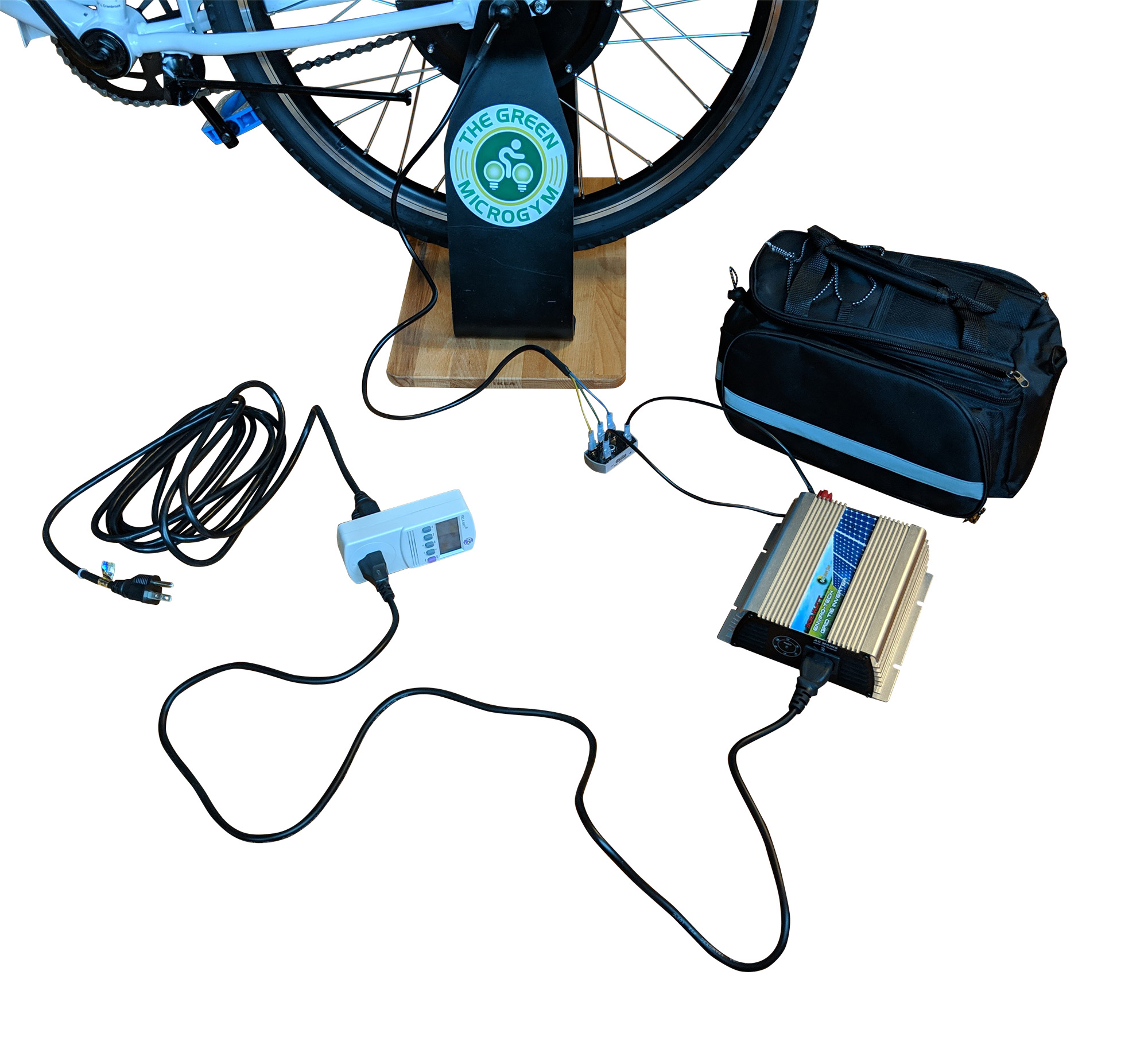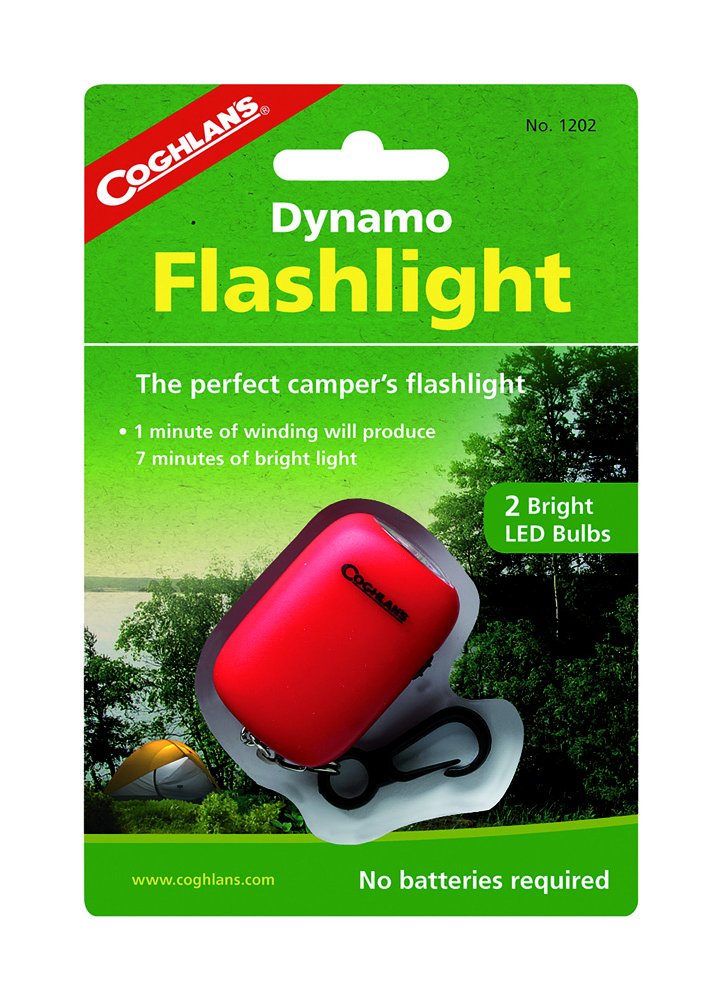
 9
9







Consider this. For all of human history the amount of power the average person had to expend across each day was, well, one person-power's worth.
Duh.
And how much was that in terms of energy? Well, our little bike example gives us a good estimate: Eight hours of biking per day yields 800 Wh (0.8 kWh). So since the dawn of our species 300,000 years ago, 0.8 kWh was pretty much the energy available to pretty much everybody each day. If you personally wanted more energy you would need to buy someone else's person-power in the form of servants or, worse, enslaved populations.
 4
4




A piece of land is worth as much as the person farming it.
-Le Livre du Colon, 1902

 4
4




For all your Montana Masonry Heater parts (also known as) Rocket Mass heater parts.
Visit me at
dragontechrmh.com Once you go brick you will never go back!
 4
4




Support Ant Village Lot Efforts On Narrow Pond
Respect your superiors...if you have any. Mark Twain
 4
4






 3
3




A piece of land is worth as much as the person farming it.
-Le Livre du Colon, 1902
 4
4




Argue for your limitations and they are yours forever.
 2
2




Timothy Markus wrote:I haven't looked into the comparison of materials or energy between solar or wind vs a pedal generator, but I'd be looking at a couple of other aspects as well. First, it's not easy to produce energy by pedalling. It's doable, sure, but it gets old fast. Second, who pedals when you're sick? Third, buying something that passively creates energy is just good management. If you've got hours a day and nothing to do, that's one thing, but if you don't, you're into resource management (your time) territory.
thomas rubino wrote: I think even with pedal power you would want some type of battery, and (sorry) but a backup propane generator
As a way to teach your children about power production and power usage it could be a great tool.
Pedal the bike for an hour , produce the power to play their games for an hour.
Skandi Rogers wrote:1. how much does your power cost? assume 50W is what you can peddle, that's 5% of 1KW (for me at 30c a KWh each hour peddled on the bike would save me 1.5c meaning that $800 set up would take 53333 hours to pay back!) of course if you are fitter than me and can manage 100w then it'll only take 3 years of constant peddling if your electric also cost 30c per KWh
To clarify ... electrical energy is expressed as watt-hours or joules. Watts is the unit of measure for power. Energy takes into account time but power is an instantaneous value. Energy = power x time.
 1
1




Timothy Markus wrote:There's also a big spike in energy in order to get the compressor started. They have capacitors to help smooth it out, but you'll need enough to get it going and may not be able to without a battery.
 1
1




Nicole Alderman wrote:
(Looking at my bill and seeing how many KWH we use in a month is depressing, and I'm going to go order one of those Kill-a-Watt things. Why are we using 1,000kwh per month? That's the average amount that a US household uses, and it's depressing that that is my number! Is it the 175 and 75 gallon aquariums my husband has running in the garage, or what?)


 3
3




You are welcome to check out my blog at http://www.theartisthomestead.com or my artwork at http://www.davidhuang.org
 2
2




Argue for your limitations and they are yours forever.
 4
4








 3
3




For all your Montana Masonry Heater parts (also known as) Rocket Mass heater parts.
Visit me at
dragontechrmh.com Once you go brick you will never go back!
 2
2




A human being should be able to change a diaper, plan an invasion, butcher a hog, conn a ship, design a building, write a sonnet, balance accounts, build a wall, set a bone, comfort the dying, take orders, give orders, cooperate, act alone, solve equations, analyze a new problem, pitch manure, program a computer, cook a tasty meal, fight efficiently, die gallantly. Specialization is for insects.
-Robert A. Heinlein
 3
3




To lead a tranquil life, mind your own business and work with your hands.






 2
2




"Also, just as you want men to do to you, do the same way to them" (Luke 6:31)
 2
2




Moderator, Treatment Free Beekeepers group on Facebook.
https://www.facebook.com/groups/treatmentfreebeekeepers/













Michael Cox wrote:This feels to me much like the "wind up torches" that my well meaning family keep on giving me "for camping". They weigh more (I like to pack very light), have less bright light, need winding every few minutes, are noisy and cumbersome to use etc... They are simply less good than a head torch with rechargeable batteries that gives me 100+ hours of light for reading or cooking. And when I think about the times that I need or want a torch they are always the times when I need my hands free - when cooking or eating, or trying to put my boots on in the dark. The headline of "wind up power" doesn't even come close to matching the convenience of a fully recharged battery at the start of the week.

 1
1




The holy trinity of wholesomeness: Fred Rogers - be kind to others; Steve Irwin - be kind to animals; Bob Ross - be kind to yourself
 4
4




 1
1




Country oriented nerd with primary interests in alternate energy in particular solar. Dabble in gardening, trees, cob, soil building and a host of others.
 2
2




 2
2








Rita Vail wrote:Has anyone mentioned yet that you will burn more calories with all that pedalling and will perhaps require an even bigger freezer full of food to get through the winter/earthquake?




The holy trinity of wholesomeness: Fred Rogers - be kind to others; Steve Irwin - be kind to animals; Bob Ross - be kind to yourself




Moderator, Treatment Free Beekeepers group on Facebook.
https://www.facebook.com/groups/treatmentfreebeekeepers/





 3
3




 2
2




Sourdough Without Fail Natural Small Batch Cheesemaking A Year in an Off-Grid Kitchen Backyard Dairy Goats My website @NourishingPermaculture @KateDownham






 2
2




 1
1




 2
2




 6
6




 pedgen by vwfatmobile, on Flickr
pedgen by vwfatmobile, on Flickr

 3
3




Some places need to be wild








Nicole Alderman wrote:My brain can't help but think that advances in bicycle-powered technology must have advanced.
While athletes can produce a power output of over 2,000 watts on a bicycle, they can only sustain this over a period of a few seconds. The power that can be delivered by the average person over a sustained period of time is much less impressive than that: 75 watts or 1 "hup". This unit of measurement (short for human power) was proposed in 1984, and tells us that an average person can sustain one hup for all day, 2 hups (150 watts) for roughly two hours, 3 hups (225 watts) for about 30 minutes and 4 hups (300 watts) only momentarily.
Another reason not to be overly-optimistic about the energy output of stationary pedalling is the fact that a stationary pedaller does not need to overcome air resistance. This sounds like a good thing, because at higher speeds a cyclist spends most of his energy compensating for air resistance. However, air resistance also keeps the active human body from overheating.
It was found that the power output measured by ergometers (stationary bikes used to measure the power output of cyclists) is substantially lower than that produced by the same persons on the road because the absence of self-produced cooling winds, which results in possible overheating of the body (this is also a problem with velomobiles).
There are several problems with the present-day approach to pedal power. First of all, it is important to know that generating electricity is far from the most efficient way to apply pedal power, due to the internal energy losses in the battery, the battery management system, other electronic parts, and the motor/generator.
These energy losses add up quickly: 10 to 35 percent in the battery, 10 to 20 percent in the motor/generator and 5 to 15 percent in the converter (which converts direct current to alternate current). (Sources: 1/2/3). The energy loss in the voltage regulator (or DC to DC converter, which prevents you from blowing up the battery) is about 25 percent (sources: 1/2).
This means that the total energy loss in a pedal powered generator will be 42 to 67.5 percent ...
If you produce 100 watts of power and 42 to 67.5 percent is lost in the conversion, there is only 32.5 to 58 watts left to power the device. If you power the same device mechanically, you deliver 100 watts straight to it.
 6
6





 1
1





|
An elephant? An actual elephant. Into the apartment. How is the floor still here. Hold this tiny ad:
The new purple deck of permaculture playing cards
https://www.kickstarter.com/projects/paulwheaton/garden-cards
|









